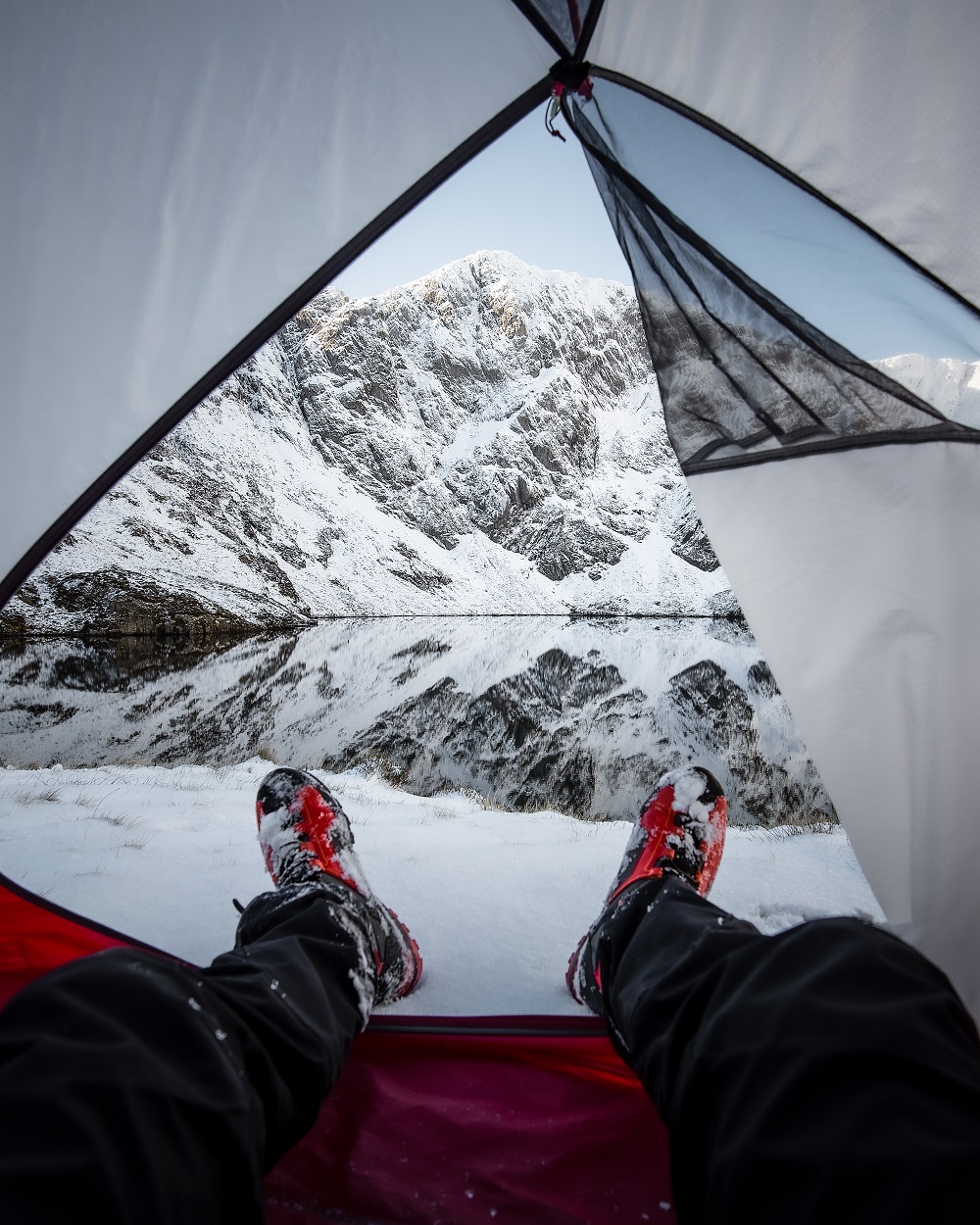
Have you ever looked online for a new pair of boots and left more confused then you started out?!
Yeah, me too. After years of trial and error using different sizes, different brands and different styles, here is my hiking and mountaineering boot guide! I will include the brands I love, and models I would recommend.
The first thing worth noting is the variation in foot width.
Of the three leading brands, La Sportiva run narrow, Scarpa somehwhere in the middle, and Garmont the widest of the three. It is well worth reading reviews and forums on the footwear you are looking to buy to see where yours measure up. The wrong fitment will see your feet blistering and give you an unhappy mountain experience!
Do hiking boots need to be a size bigger?
For a mountain boot or shoe, I would recommend a half to one whole size up from your normal street shoe. This will allow for a thicker, warmer sock and stop your toes getting fried on the descent.
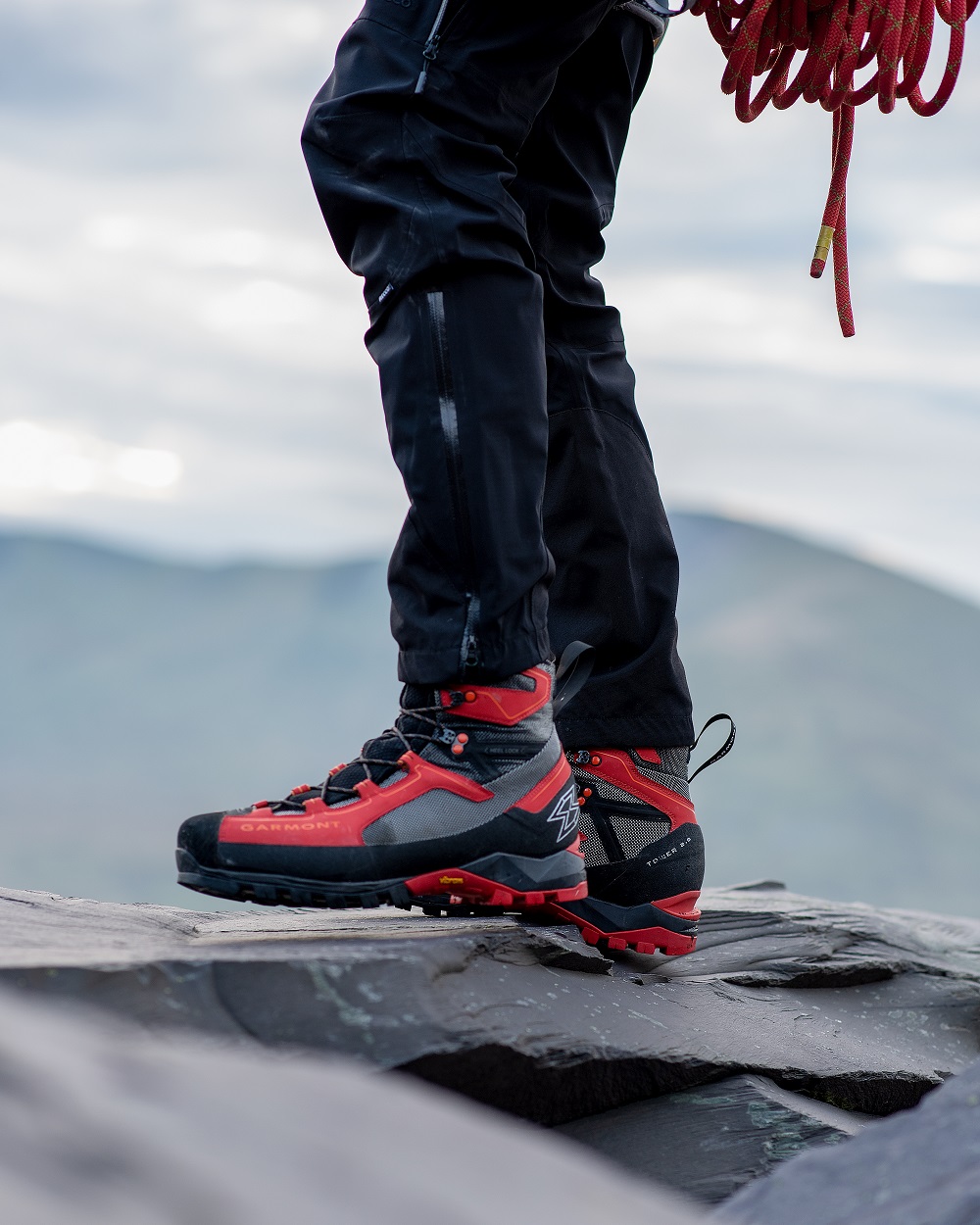
How do I choose the right hiking boots?
Here are the styles of boot and shoe from local walk to 8000m summit mission:
- Hiking shoe
- Trail shoe
- Approach shoe
- Hiking boot
- B1 boot
- B2 boot
- B3 boot
Hiking shoe:
Mainly used in spring to autumn, or on dry days where the walk or hike will be fairly easy and without major risk. I really like using these shoes for chilled walks with the camera or low level adventures in the forest.
Many people do not bother with hiking shoes in the mountains as they leave your ankles exposed to injury and do not offer much grip on wet rock!
Trail shoe:
The trail shoe is the go to equipment for runners looking to take themselves off-road. ‘Fell running’ is becoming extremely popular, but requires a sturdy, high gripping shoe to stop you falling on your face in slippery mud or on wet rock. Normal running shoes used off-road will quickly see you injured or embarrassed!
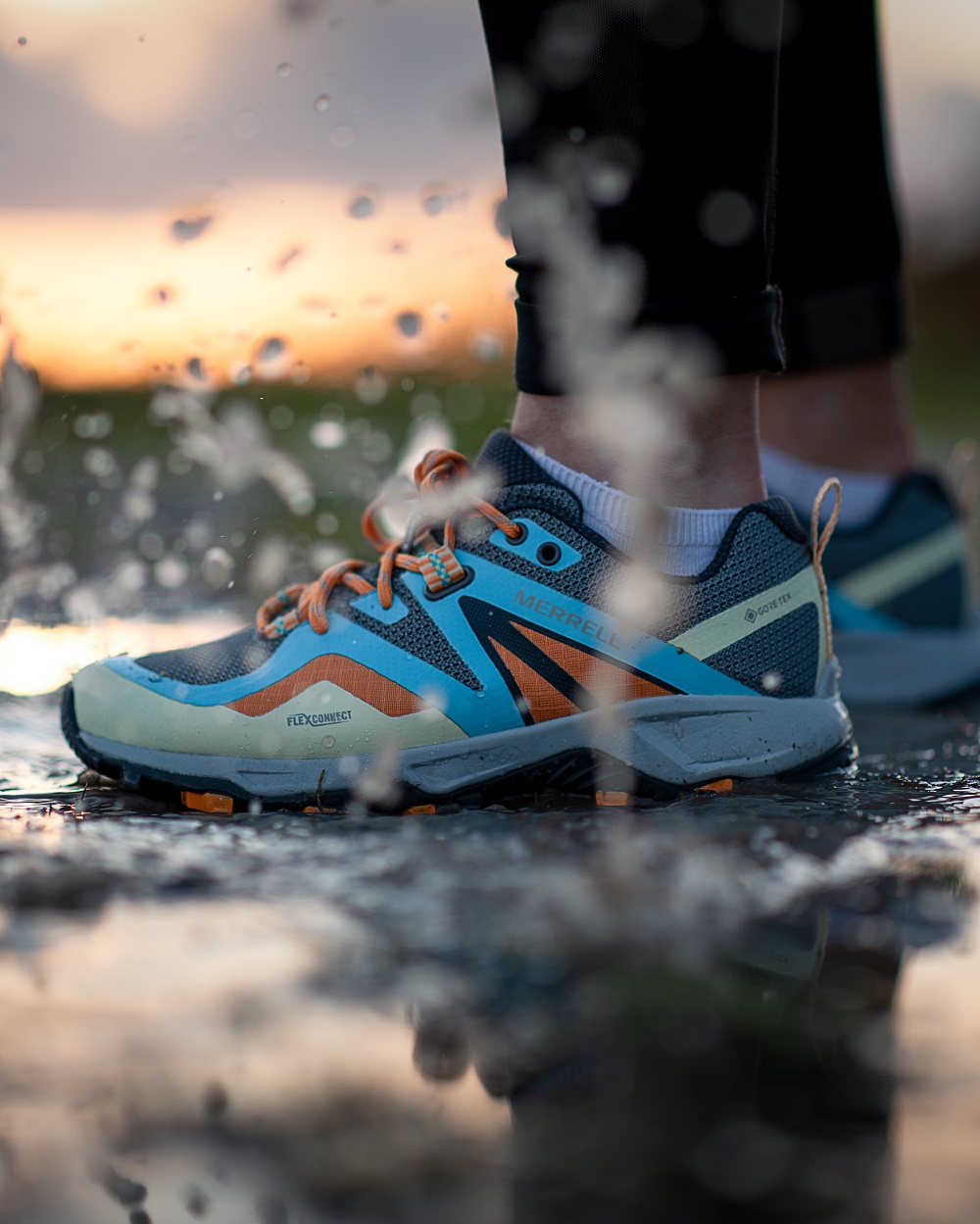
There are many brands to choose from, my top two being Salomon and Merrell. I would highly recommend visiting an adventure store, to get help from a professional in finding the perfect shoe for you. The wrong size/fitment will cause blisters and potential injuries including excess stress on your knees.
Approach shoe:
An underground, misunderstood shoe. Many will not have even heard of these little weapons…
‘The approach’ is a term used to describe the walk/hike to the crag for sport and trad climbing. Climbers decided they wanted a shoe that would walk like a hiking shoe, but performs more like a climbing shoe or b2 boot when the approach gets technical and turns into a scramble.
These are a solid favourite of mine! You will find me wearing them for summer hikes, scrambles, wild camps and low level chills.
I use the La Sportiva ‘Boulder’ and run a size up from my street shoe. Stiff enough to use for scrambles even up to 3+, VDIFF and beyond.
Hiking Boot:
The trusty go-to steed for most mountain adventurers, the hiking boot has been the most popular choice of footwear since booted hiking began! With literally thousands of choices out there, once again it is super important to seek out professional advice and fitting when buying a boot.
Hiking boots are the perfect choice for mountain walks, low grade scrambles in the dry and overnight wildcamps.
Why would I need any other boot?
Hiking boots find their limit on wet rock and steep terrain that requires a stiff platform and purpose-built rubber for proper grip. Wearing hiking boots on technical scrambles, or in wet conditions can see you in a lot of trouble if you do not have the proper experience.
If you are looking to get into scrambles over grade 1, I would highly recommend and approach shoe or B rated boot.
B1 Boot:
The first in the series of mountaineer-specific boots, the B1 boot could be described as an approach shoe with a high top ankle. These boots are very popular in alpine summer territory as they are light and breathable, yet still stiff enough to handle heavy loads and technical mountaineering moves.
I tend to lean towards using an approach shoe or jump straight to a B2 boot over buying a B1, the main reason simply being cost as it gets expensive buying 5 pairs of footwear!
B2 Boot:
The most all-round boot on the market and my go-to choice for the majority of my mountain days. The B2 boot is a step up from the B1 and a tad heavier, although modern designs have become incredibly light! So much so that I do not bother using a hiking boot anymore.
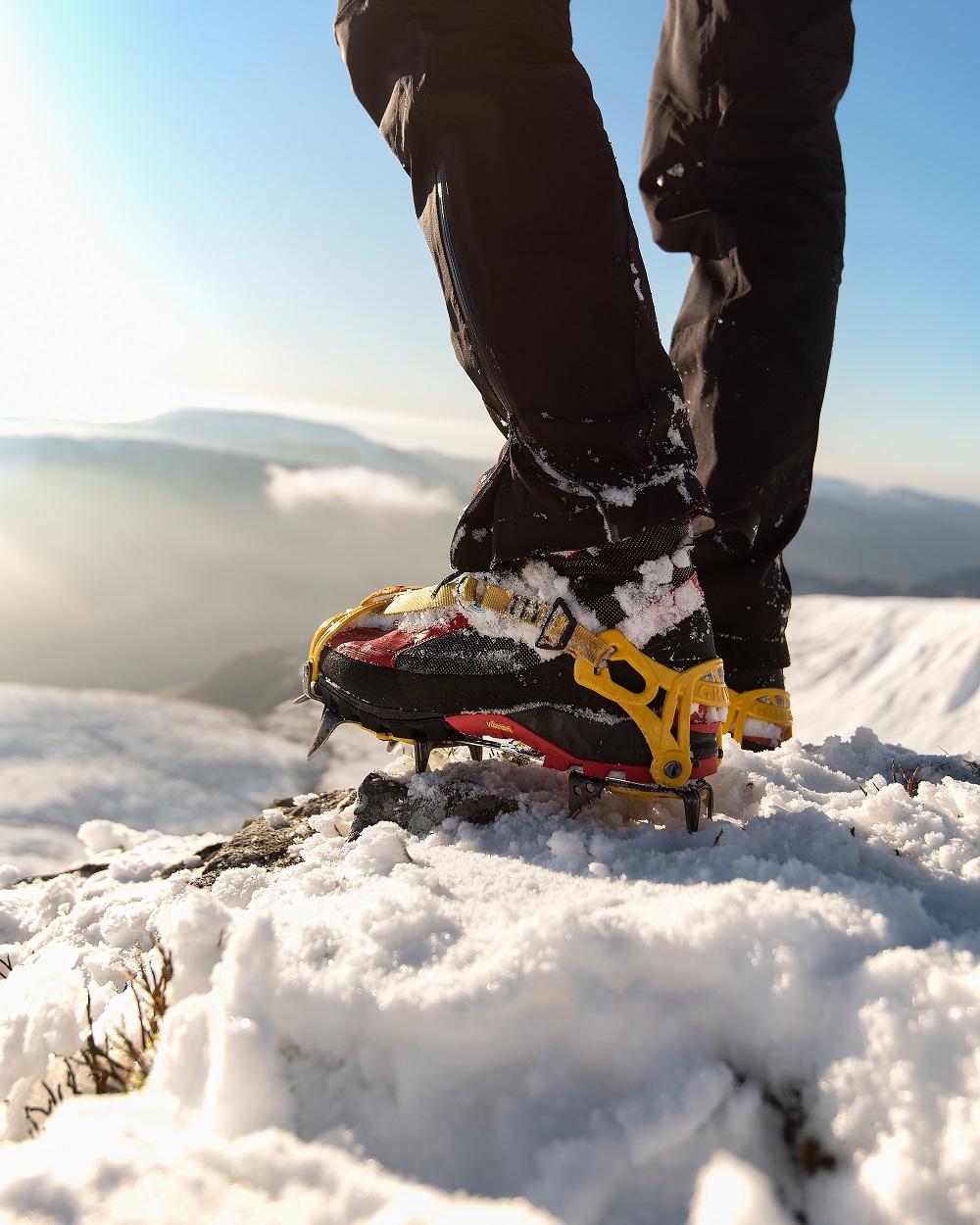
The B2 boot features a sturdy vibram sole, increased insulation and armoured sections to guard your precious little toes from rock fall. They have the ability to run crampons up to C2, a crampon that would be sufficient for the majority of UK Winter routes.
The B2 can handle big multi-day mountain missions in the summer Alps or Himalayas, but is also maneuverable and light enough to handle easy hikes. The sleek designs and attractive colours make this boot one of the most popular in the mountain community.
My go-to B2 Boot is the Garmont tower 2 extreme. These machines are insanely light, sturdy enough to handle some highly technical scrambles and grip like glue, even on wet rock. I run these boots 1/2 a size up from my street shoe.
B3 boot:
The spartan warriors of the mountain game, these beastly heavy boots will let you ice climb, stay frost bite free in severely low temps, and can handle the worlds toughest and highest mountain environments.
The B3 boot is stiff to the point of feeling like a ski boot, and is highly insulated and armoured to protect you and offer a super stiff platform for crampons. Crampons up to C3 can be used on these boots, making them the number one choice for ice climbers and serious mountaineers around the world.
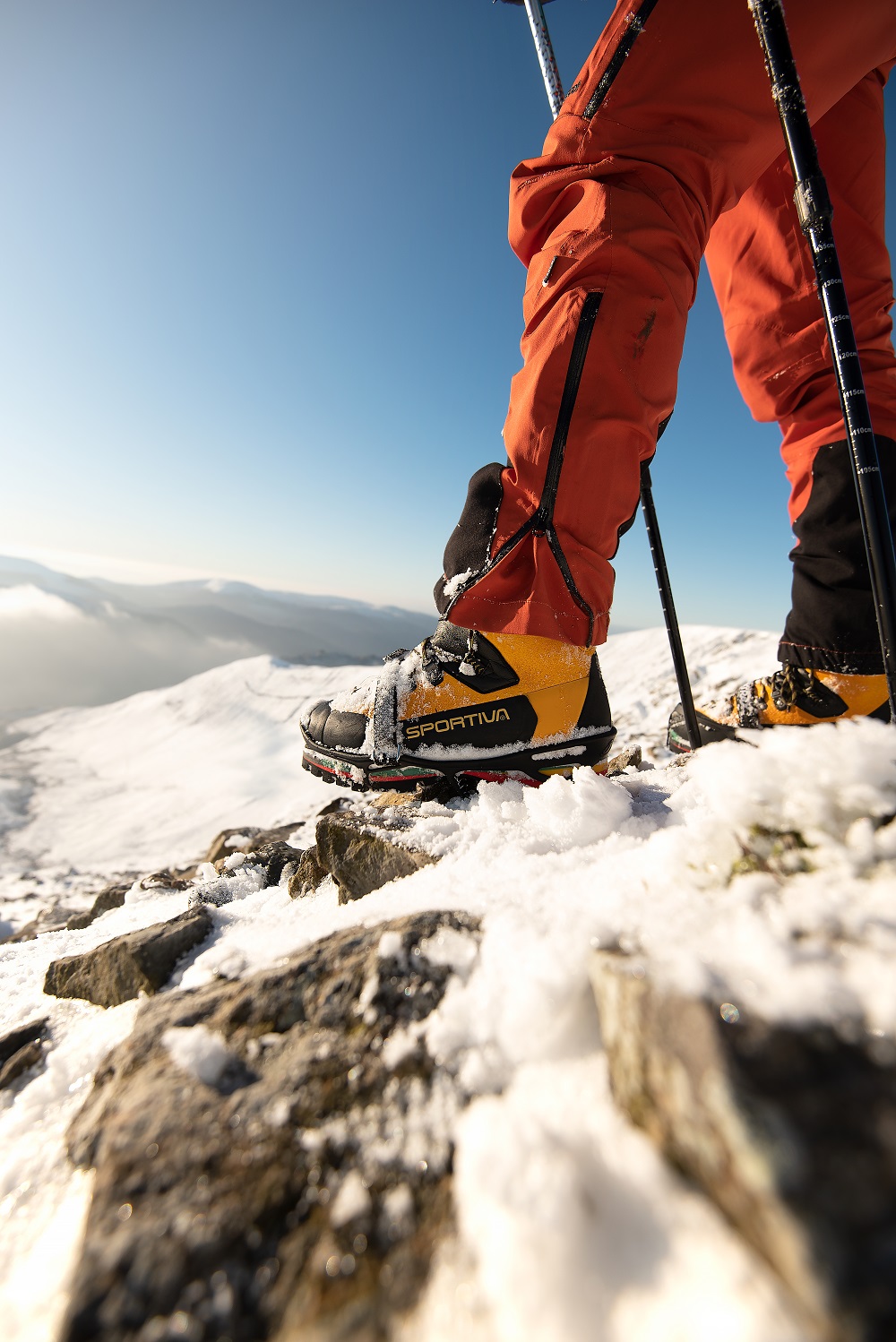
The technology is advancing extremely fast in these boots, and they are now lighter and warmer then ever before. That being said, they are still very heavy and stiff compared to other boots in this article. I would seriously consider the type of terrain you are going to be hiking/climbing before buying a pair of these Sherman tanks.
I use the La Sportiva Nepal extreme as my B3 boot. I run these one whole size up from my street shoe size. I use these for ice climbing, winter climbing and sub-zero overnight snow camps in the UK and abroad.
Conclusion
Before buying a shoe or boot (or a couple of each in my case) be honest with yourself and decide what mountain discipline you will be engaging in mostly. Choosing a boot or shoe just because it looks cool, and not considering what you will be using it for, could leave you in extreme danger on the mountain, and a liability to your party or mountain rescue.
I have seen people in both under-performing and over-performing footwear in the incorrect scenarios. Under-performing could leave you injured or even dead. Over-performing footwear, such as B3s on normal hikes will cause fatigue, overheating and excess use of energy.
Thanks for checking out my guide and I hope this helps your feet!
